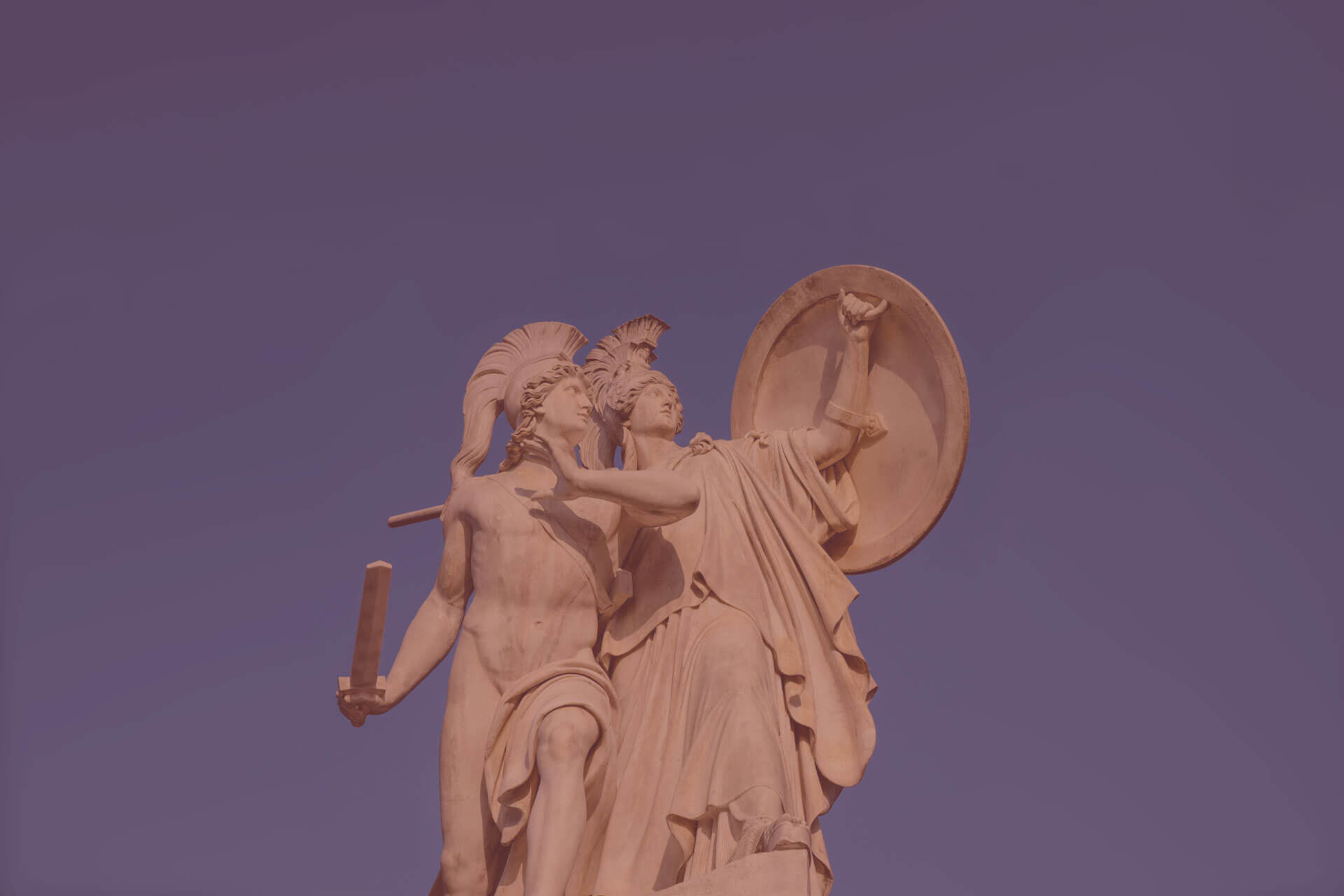Storytelling leads to emotions. Emotions lead to belief. Beliefs are contained in mythology.
Every society organizes its values and beliefs into specific structures and organizations. These structures occur through storytelling, which explains and communicates these values and beliefs to that society.
Stories make people emotional, and belief follows emotion. Being emotional is often a ‘religious experience.’ I am not speaking of any codified religion per se, but most religions are a great example of storytelling that creates emotions that lead to belief.
A society maintains its beliefs by its stories or myths. In Belief and Power in Myth, Joseph Campbell wrote that mythology is an appropriately tuned art to impact one’s experiences. Art is the vehicle of myth—be it drama, visual arts, music, or storytelling. Mythology can contain the whole range of experience, and through art—and specifically for you, storytelling—you translate the world.
These ideas may seem lofty and ethereal, but this is the power you have when you tell a story. You bring your readers—your dream customers—into your world of belief, into your mythology.
Mythology for Your Dream Customers
Looking at your dream customers, they are the hero of their mythic journey. Myths of heroes who journey and transform are the most powerful you can tell. The Fire Came Later Framework helps to tell stories about your dream customers and their mythic journeys.
Mythology for Your Offers
When your dream customers read stories of transformation, they will learn about your mythology. Show them that your current customers transformed because of your mythology—your frameworks, facts, and details—they will connect that transformation to your offer. Tell these stories with the correct structure, and your dream customers will feel emotional, creating the right belief.
Anette Simmons in The Story Factor writes that people don’t want more information; they want the faith that what you are offering works. The details of how it works are irrelevant initially—faith matters, and they will follow your mythology only if there is faith.
Faith—this is the ‘religious experience’ you are looking for, and faith comes from your stories.
How do you do this?
Blair Warren’s The One Sentence Persuasion Course maps it out clearly. Your myths need to:
- Encourage your dream customer’s dreams and desires
- Justify their past failures
- Allay their fears
- Confirm their suspicions
- Help throw rocks at their enemies
Your community members should constantly be given this type of support through interactions with you as their leader and other community members, telling the same myths. This faith starts with your stories—they create this faith.
Tip: Think of your stories as myths of belief full of emotions. Imagine how powerful they will be for your dream customers.
The Secret to Better Storytelling
The one critical idea you must master to write better stories—and it’s not what you think. Don’t try to write another story until you learn this one secret.


